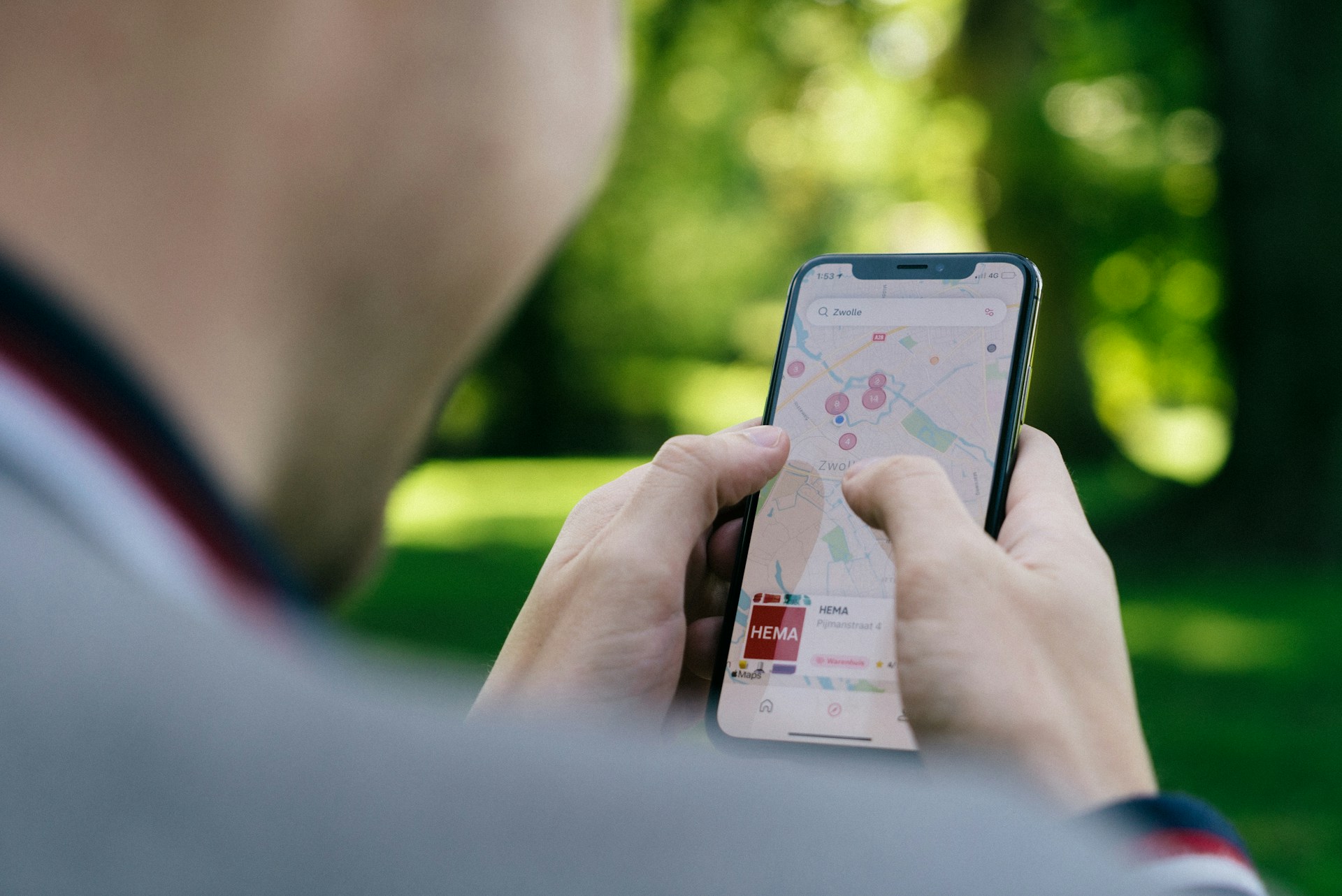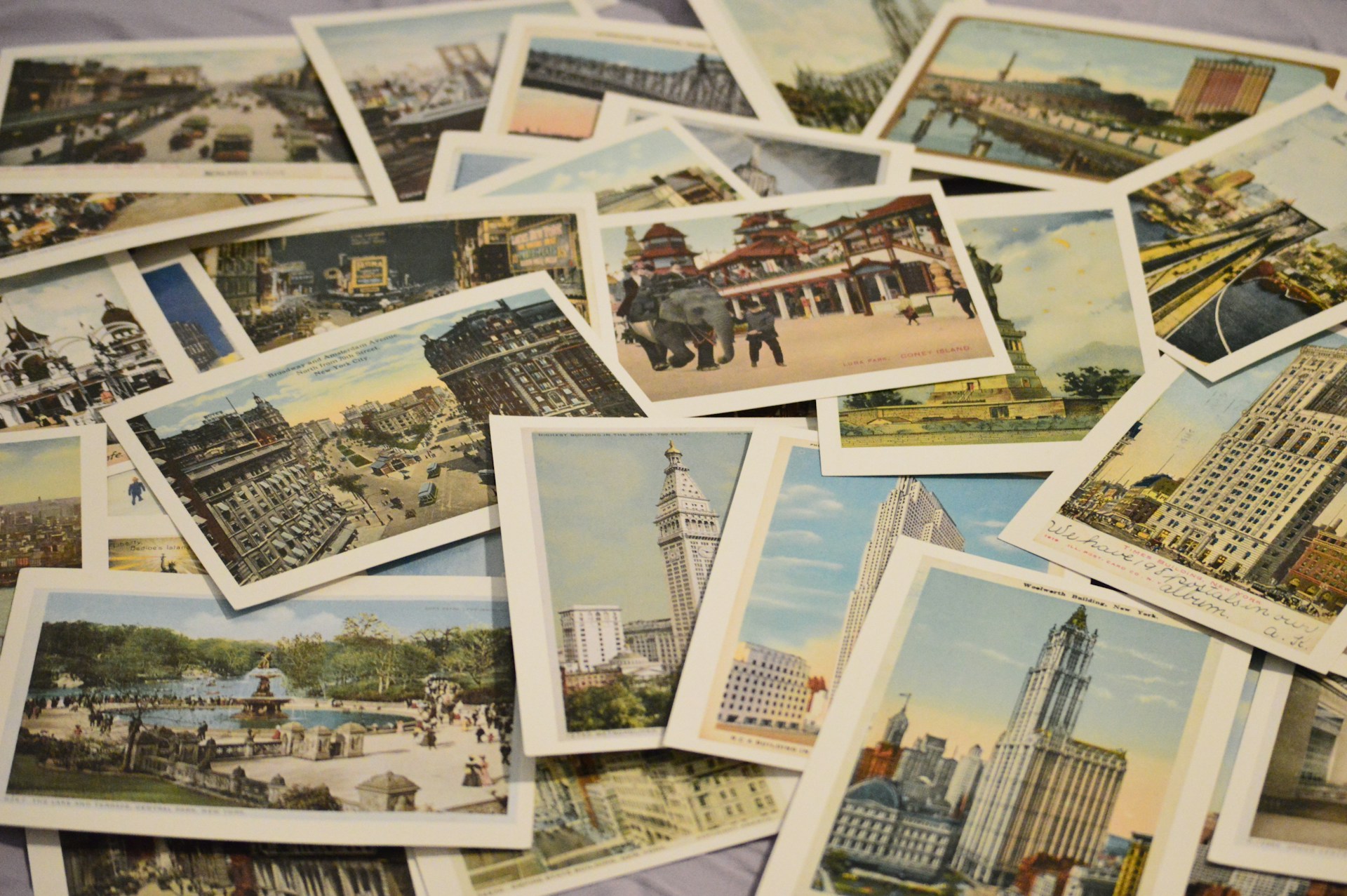No products in the cart.: €0.00
How to Plan the Perfect Itinerary Using City Travel Guides

Planning a trip can be both exciting and overwhelming. With thousands of destinations, landmarks, cafes, and photo spots to choose from, how do you build an itinerary that captures the spirit of a place without feeling rushed or exhausted? The answer lies in smart, intentional use of city travel guides. In this article, we’ll explore how to transform a travel guide into a personalized, memorable journey.
Step 1: Define the Purpose of Your Trip
Before diving into any guide, ask yourself: What do I want out of this trip? Are you chasing romance in Paris? Looking for budget-friendly eats in Hanoi? Dreaming of nature escapes near Cape Town? Once you know the theme of your trip, the travel guide becomes a filter—not a to-do list.
Tip: Give your trip a personality. Is it a slow-food retreat? An urban art hunt? A “sunrise in every city” adventure?

Step 2: Start Big, Then Zoom In
Most travel guides are structured from general to specific. Begin by reading the city overview to understand the culture, neighborhoods, and vibe. Once you get the big picture, zoom into sections like “Top Attractions,” “Where to Eat,” or “Hidden Gems.”
Create three buckets:
- Must-see
- Nice-to-see
- Only-if-time
Use these to prioritize based on your interests and available days.

Step 3: Map It Out
Now it’s time to visualize. Using a map app (like Google Maps or Rome2Rio), drop pins on the locations that interest you. You’ll quickly spot clusters. These clusters become your days. For example, if most of your favorite museums and brunch spots are in the Marais district in Paris, make that your Day 1 focus.
Bonus: Color-code pins by activity type—green for parks, red for food, blue for culture.

Step 4: Don’t Overstuff Your Days
Travel guides often pack in dozens of sights—but you don’t need to. The best experiences often happen between the lines: an unplanned street performance, a lazy hour in a café, a conversation with a local.
Stick to 2–3 major activities per day. Leave room for:
- Rain delays or happy accidents
- Wandering without Google Maps
- Midday rests (especially in hot or busy cities)

Step 5: Use Local Picks and “Insider Tips”
Most modern travel guides now include local insights. Look for sidebars or callouts like “Resident Favorites” or “Local Secrets.” These are gold. Locals point you to authentic, less-touristy experiences that can transform a generic trip into a personal story.
Some ideas:
- Free events happening the week you’re visiting
- A family-run dumpling stall that’s been open for 60 years
- The best rooftop view that isn’t on TripAdvisor

Step 6: Layer in Seasonal or Timely Experiences
A great travel guide also mentions local festivals, markets, or exhibitions. Always cross-check what’s happening during your travel dates. A museum might have a world-class exhibit only that week. A street may be closed for a marathon.
Look up:
- National holidays (some attractions close)
- Local weather patterns
- Pop-up events or seasonal food stalls

Step 7: Add Personal Rituals
Great itineraries have structure, but memorable ones have soul. Create small rituals throughout your trip:
- Morning coffee at a different café each day
- Sunset from a new viewpoint every evening
- Collecting something small (a leaf, postcard, ticket stub)
Your guide tells you where to go. Your rituals tell you why it matters.

Step 8: Reflect, Adjust, and Repeat
At the end of each day, take 10 minutes to reflect. What did you love? What drained you? Use that feedback to tweak the next day’s plans. Guides give structure, but flexibility brings joy.
Final Thoughts
Travel guides are more than collections of facts—they’re springboards for your own story. By treating them as tools rather than rulebooks, you can craft a trip that reflects who you are, what you love, and how you move through the world.
So grab your guide, open your map, and start dreaming. Your perfect itinerary is waiting to be written.



